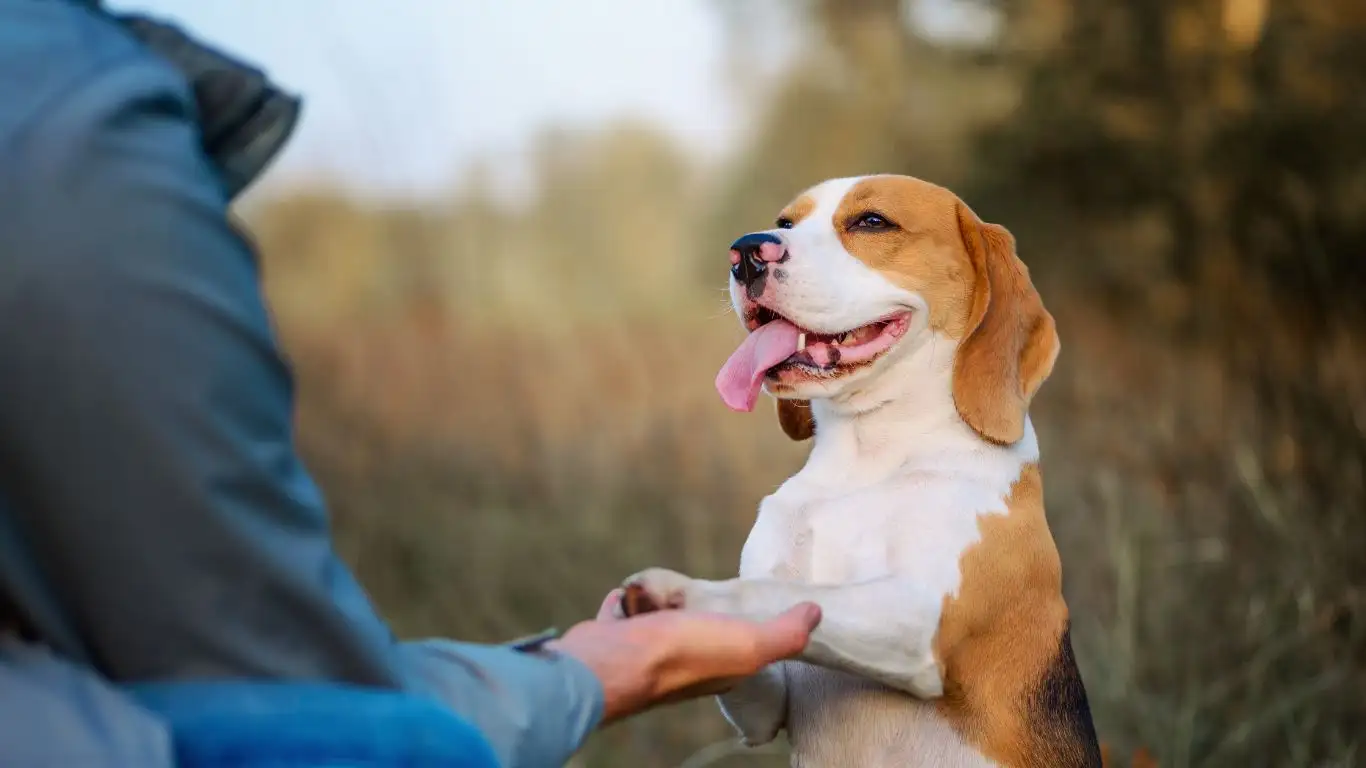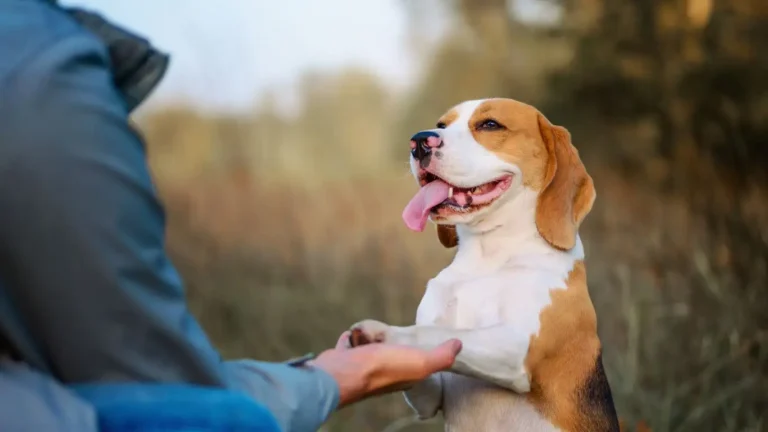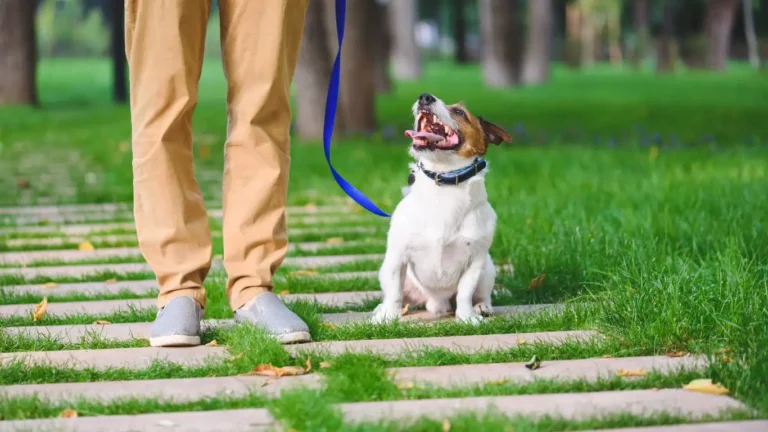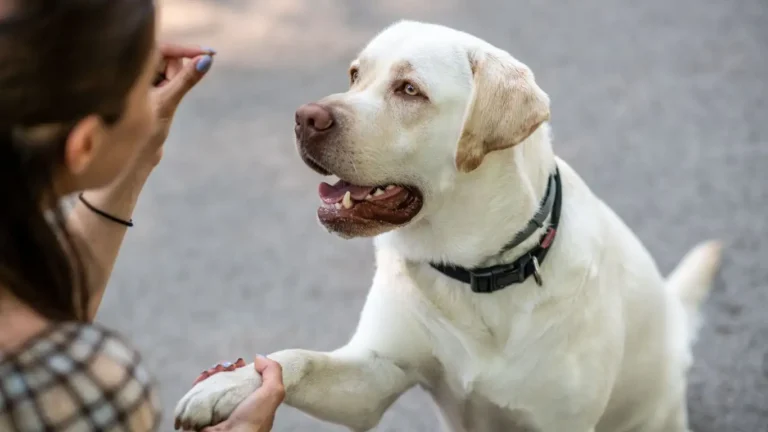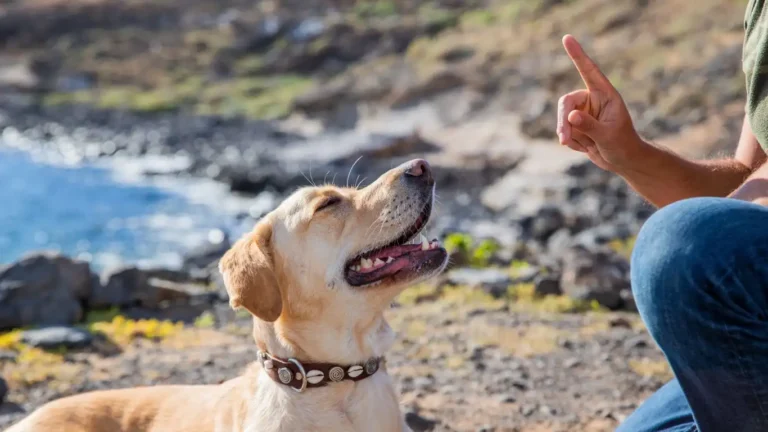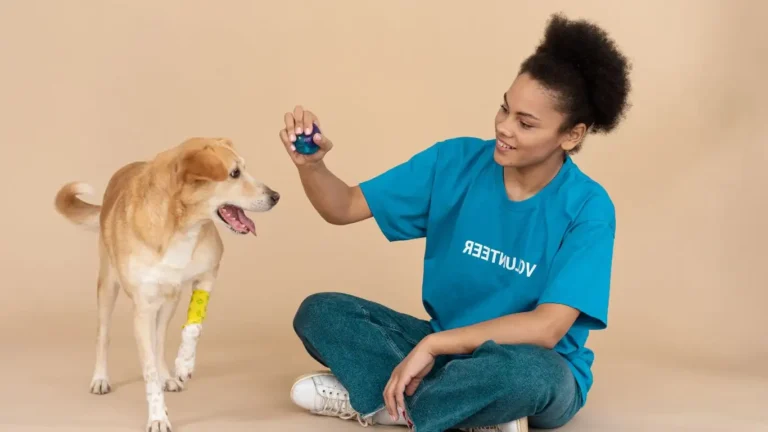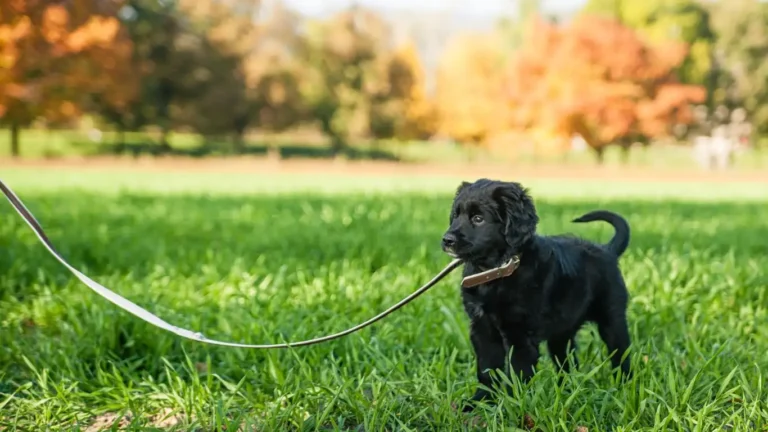Master Advanced Dog Training: Pro Tips for a Well-Behaved Pup
If you’ve been training dogs for any amount of time, you already know that mastering the basics is just the start of the journey. As a Canine-Assisted Therapy Trainer with years of experience, I’ve witnessed firsthand how advancing beyond basic commands can transform not only a dog’s behavior but also its ability to positively impact people’s lives. But let me tell you—mastering advanced dog training requires more than just knowing a few new tricks or behaviors. It’s about building deeper connections, refining techniques, and truly understanding the mindset of the dog.
Today, let’s dive into the world of advanced dog training and how it can help both you and your canine companion reach new heights. Whether you’re looking to build a stronger bond, improve your dog’s skills, or even become a professional trainer, mastering advanced dog training is the key to unlocking the full potential of your relationship with your dog.
Why Mastering Advanced Dog Training is Essential
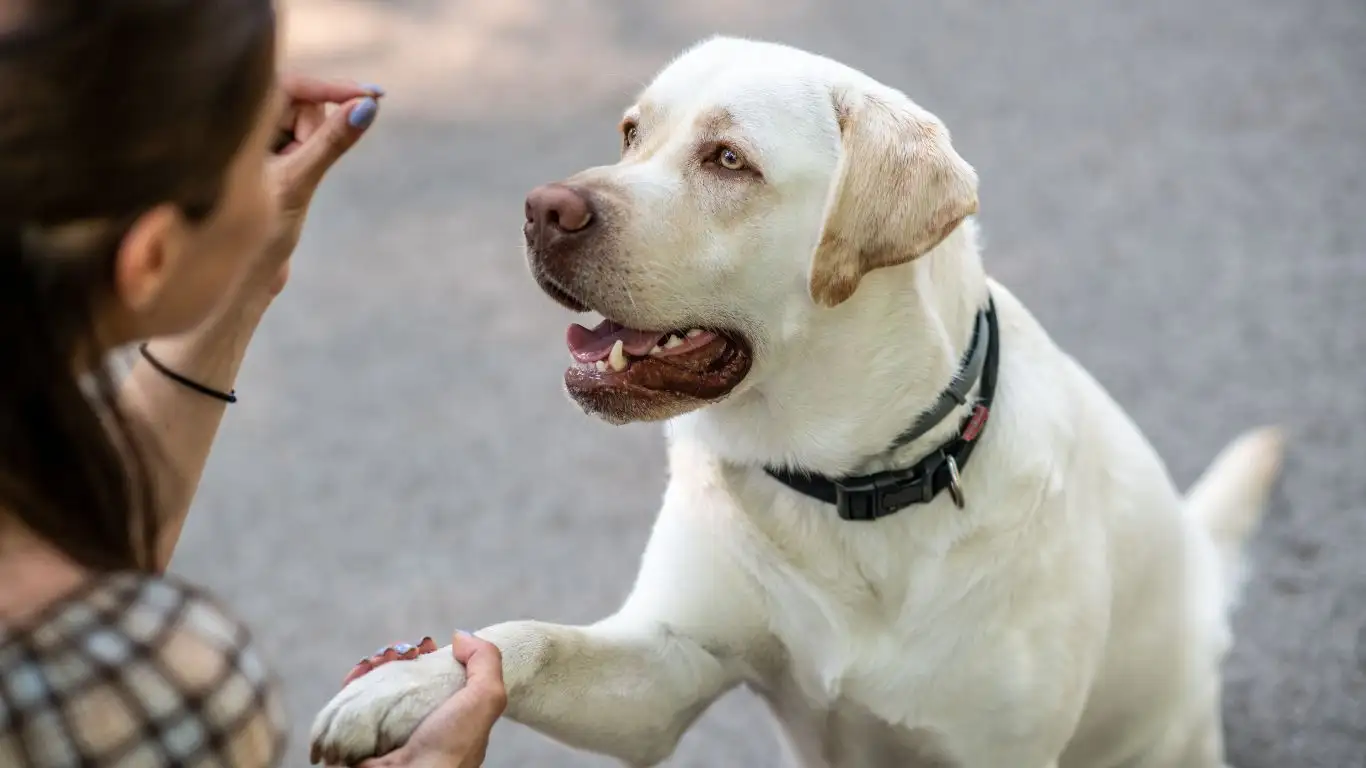
We all start with the basics—sit, stay, come, and perhaps a few fun tricks like rolling over. But what happens when those basic commands become second nature? Well, that’s where the fun begins! Mastering advanced dog training opens up a whole new world of opportunities for you and your furry friend. It’s not just about getting your dog to perform complex behaviors; it’s about strengthening the communication between the two of you, boosting your dog’s mental stimulation, and encouraging a healthier, more balanced relationship.
In my years of working with both pet owners and therapy dogs, I’ve learned that when you master advanced dog training, you not only create a well-behaved dog, but you also create a happier, more confident canine. And trust me, that confidence is contagious—your dog will feel better in different environments, respond more reliably to commands, and might even develop a calm demeanor that can positively affect others, especially in a therapy context.
What Exactly is Advanced Dog Training?
Advanced dog training goes beyond the simple sit and stay commands. It’s about teaching your dog to respond to cues in challenging or distracting environments, managing impulses, and offering greater mental and physical stimulation. Whether it’s teaching your dog how to be a therapy dog or learning specialized skills like scent detection, agility, or even advanced obedience, this level of training is about fine-tuning your dog’s instincts and behaviors.
It’s important to note that advanced dog training doesn’t happen overnight. It’s a gradual process that requires patience, consistency, and the right techniques. In fact, many dogs—especially those that are high-energy or have complex personalities—benefit from more structured, focused training. And let’s face it, who doesn’t want a dog that can follow commands and remain calm, even in the most distracting situations? That’s the beauty of mastering advanced dog training: you’re not just teaching a dog tricks—you’re teaching it to become a well-rounded, confident companion.
The Role of Patience and Consistency in Training
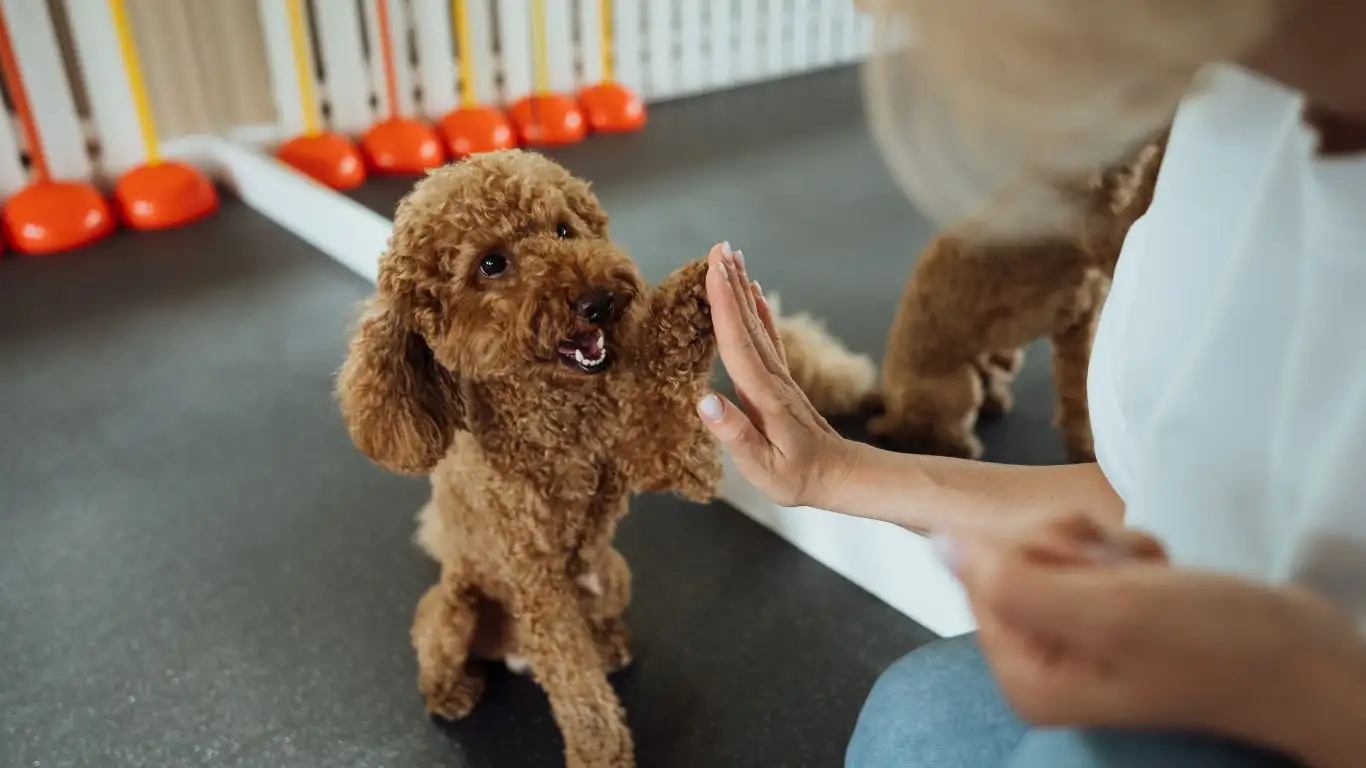
When I first started training dogs, I was eager to see fast results. But quickly, I learned that in the world of advanced dog training, patience is key. You see, the more complex the training, the longer it takes to see lasting results. There are no shortcuts when it comes to working with dogs on a deeper level. And trust me, that’s okay!
Consistency is another cornerstone of successful advanced dog training. Dogs thrive on routine, and the more consistent you are with your commands, rewards, and expectations, the faster your dog will learn. In fact, I’ve had dogs that took months to perfect certain behaviors, but with steady work and patience, they’ve achieved what once seemed impossible. This doesn’t mean you need to be a professional dog trainer to see success—what it means is that even pet owners who aren’t experts can achieve excellent results if they’re consistent in their training efforts.
Is Your Dog Ready for Advanced Training?
Before diving into advanced dog training, it’s important to evaluate whether your dog is ready for the challenge. Typically, dogs who have already mastered basic obedience commands like sit, stay, and come are ready for the next level. But readiness isn’t just about mastering basic commands—it’s about your dog’s mental and physical maturity, temperament, and behavior.
Dogs that are overly anxious or reactive may not be ideal candidates for advanced training right away. However, with the right foundational skills and a slow, steady approach, even these dogs can eventually succeed in advanced training. The key is to start at a pace that your dog is comfortable with and to gradually increase the level of difficulty as your dog gains confidence and understanding.
Common Challenges in Advanced Dog Training
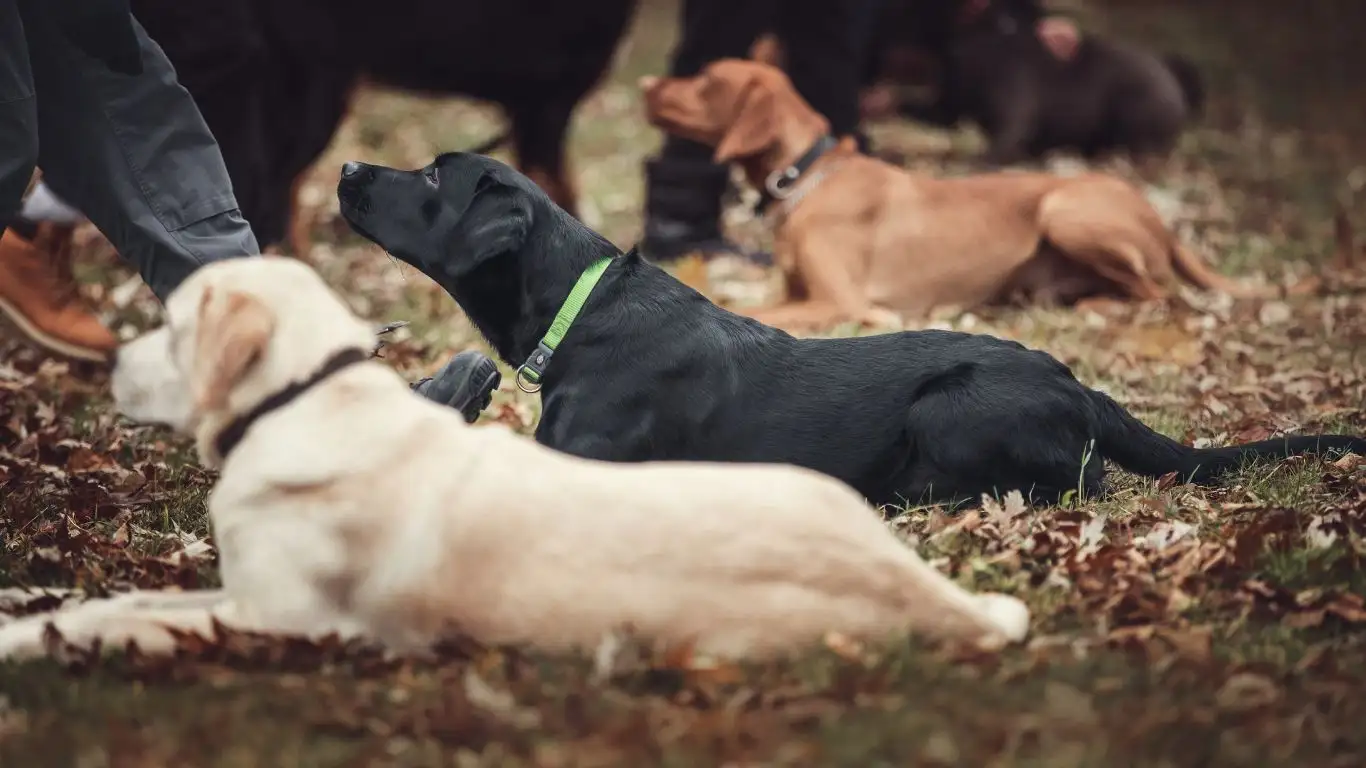
Every dog is different, and as a trainer, I’ve encountered my fair share of challenges. One of the most common hurdles in advanced dog training is distraction management. Dogs that have mastered basic obedience may still struggle to perform those commands in high-stress or distracting environments. For example, your dog might reliably stay when you’re at home, but the second you step outside with other dogs, people, or squirrels around, all bets are off!
To overcome this challenge, we work on proofing behaviors in various environments. This means practicing the same commands in different settings—outdoors, in the presence of other animals, in busy places like parks, or around distractions like food or toys. The more your dog practices these behaviors in varying environments, the more reliable they will be in real-world situations.
Another challenge I’ve faced in advanced training is dealing with dogs that have a lot of energy but struggle with impulse control. For example, high-energy dogs may have trouble staying calm during training sessions or waiting for a treat. Overcoming this requires a solid plan that incorporates impulse control exercises, like “wait” or “leave it,” and mental stimulation activities to keep your dog engaged and focused.
Advanced Dog Training Techniques That Really Work
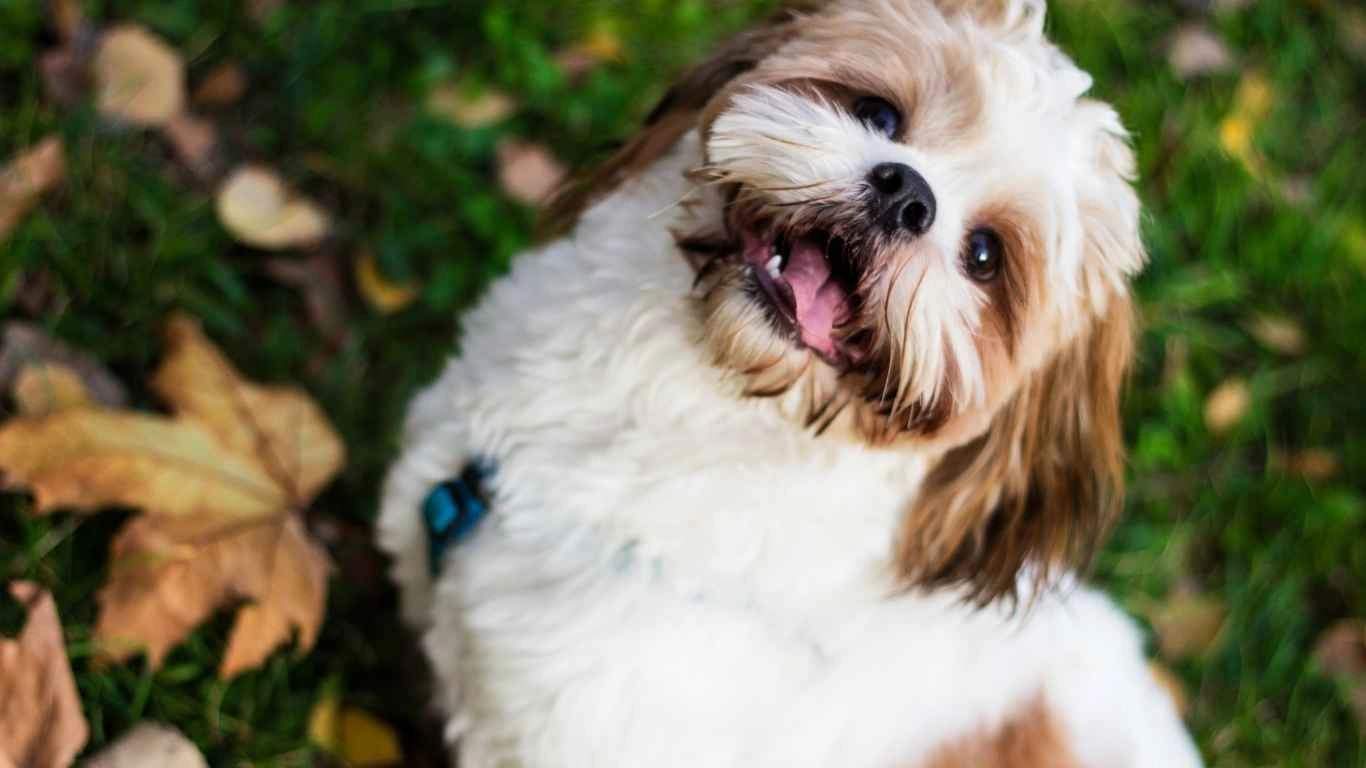
Now that we’ve established why advanced dog training is so important, let’s get into the nitty-gritty: the techniques that really work. As someone who’s spent years working with dogs, I can tell you that while there are many ways to approach advanced training, certain methods stand out because they encourage positive behaviors, boost mental stimulation, and strengthen your bond with your dog.
Positive Reinforcement: The Heart of Advanced Training
If you’ve been training your dog for any length of time, you’ve probably already encountered the concept of positive reinforcement. But when it comes to advanced dog training, this approach becomes even more powerful. Positive reinforcement is all about rewarding your dog for desired behaviors, reinforcing them in such a way that your dog is motivated to repeat those behaviors.
In my experience, using treats, toys, or praise as rewards works wonders. The key is timing. You want to reward your dog immediately after they perform the desired action so they can make the connection between the behavior and the reward. Over time, the dog will start performing the behaviors because they’ve learned that good things happen when they do.
It’s not just about food rewards either—praise can go a long way. A lot of dogs, especially those that are more emotionally connected with their handlers, thrive on verbal praise. I’ve seen dogs transform from shy or unsure to full of confidence with just a few words of encouragement. So, whether it’s a treat, a toy, or a heartfelt “Good boy/girl,” positive reinforcement is a cornerstone technique in mastering advanced dog training.
Clicker Training: Sharpening Communication
Another technique that I personally swear by is clicker training. If you’ve never used a clicker before, it might seem a bit odd at first. But the truth is, it’s one of the most effective tools for precise, clear communication with your dog. The clicker creates a distinct, consistent sound that immediately marks the desired behavior. This helps your dog understand exactly what you want them to do—and what they’re being rewarded for.
Clicker training is especially useful when teaching more complex behaviors. For example, when I’m teaching dogs advanced tasks like guiding the blind or assisting people with disabilities, the clarity of clicker training makes the process smoother. The clicker acts like a “bridge” between the behavior and the reward, helping your dog understand the connection even more effectively than just verbal praise alone.
Using a clicker may take a bit of time to master, but once you’ve got it down, it can take your dog’s training to the next level.
Impulse Control: The Key to Calm and Focused Behavior
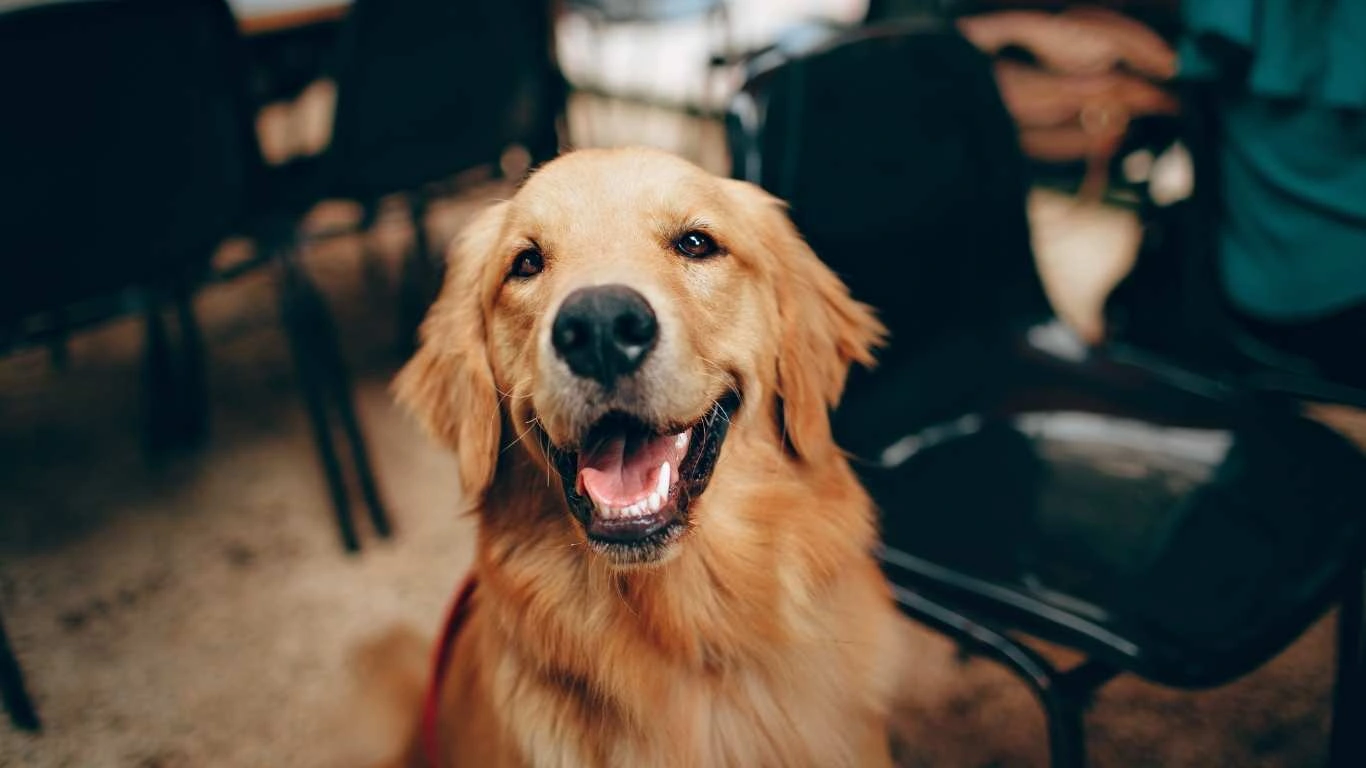
As I mentioned earlier, many advanced training sessions will require teaching your dog to control its impulses. Impulse control is an essential part of making sure your dog can stay calm and focused, even when distractions are present. Whether it’s resisting the urge to chase a squirrel or holding steady during a busy therapy session, impulse control is an important skill that helps your dog navigate the world without acting on every impulse.
One exercise I love to teach to dogs who need to work on impulse control is the “leave it” command. This simple but powerful command teaches your dog not to interact with an object—whether it’s food, a toy, or something else—until you say it’s okay. This command is not only practical for situations like walking past other dogs or distractions on the street, but it also teaches your dog patience and self-regulation.
Another useful impulse control exercise is the “wait” command. This is especially helpful when you’re teaching your dog more complex behaviors that require a certain level of calmness before they proceed. For example, I often use “wait” when teaching dogs to calmly enter a room or wait for a cue before performing a task. It’s a skill that comes in handy in everyday life, from waiting for their meal to standing still during therapy sessions.
How to Handle Setbacks in Advanced Training
As much as we wish it were all smooth sailing, setbacks are part of the journey. I’ve encountered plenty of moments where things didn’t go as planned. Some days, a dog may be feeling extra energetic, distracted, or just not in the mood to train. When this happens, don’t be discouraged—it’s all part of the process.
The important thing is to stay flexible and adapt your approach. If your dog isn’t responding well one day, it’s not a failure. It’s an opportunity to try a different technique, give your dog more rest, or change the environment. I always encourage dog owners to keep their expectations realistic and not to beat themselves up when things don’t go as expected.
Sometimes, all it takes is a little break from training, a change of scenery, or some extra positive reinforcement to get back on track. In my experience, many dogs (especially high-energy ones) benefit from shorter, more frequent training sessions rather than long, drawn-out ones. It keeps them engaged and prevents burnout, which can make a huge difference in your training success.
The Importance of Socialization in Advanced Training
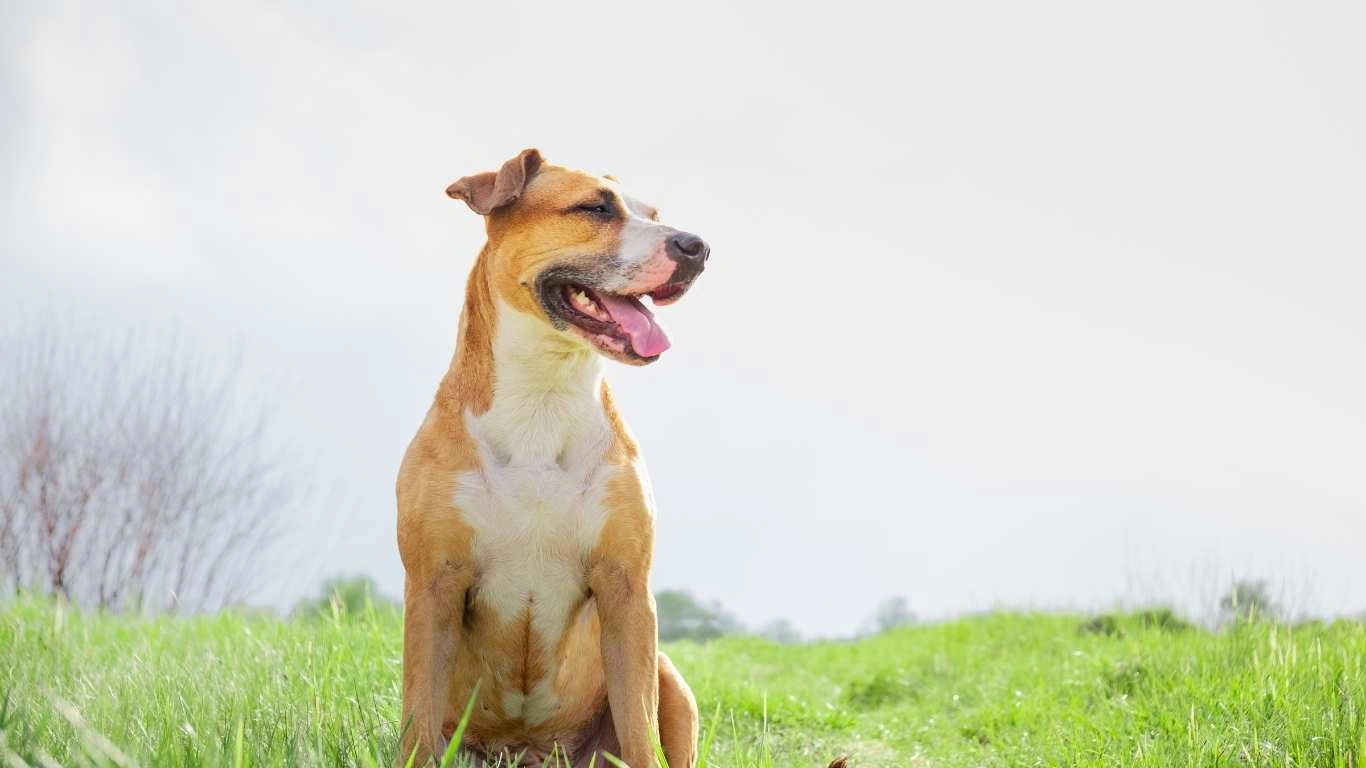
Socialization is one of the most crucial aspects of advanced dog training that often gets overlooked. In my work with therapy dogs, I’ve learned that how well a dog interacts with people, other dogs, and various environments can make or break its ability to perform tasks effectively. Advanced training isn’t just about perfecting obedience—it’s about preparing your dog to handle a wide variety of situations with calmness and confidence.
Socialization starts early but can continue throughout your dog’s life. It’s about exposing your dog to different people, places, and situations in a controlled and positive way so they learn to adapt to the world around them. A well-socialized dog is less likely to be anxious or reactive in unfamiliar situations, and they’re more likely to respond well to commands in any environment.
When training for therapy work, I’ve found that the dogs that thrive are the ones who have been socialized to interact with all types of people, from children to the elderly. They are comfortable in various environments, whether it’s a bustling office, a quiet hospital room, or a busy public space. Socialization is an ongoing process that, when done correctly, can dramatically improve a dog’s ability to succeed in advanced training.
Maintaining Consistency in Advanced Dog Training

By now, you’ve learned that consistency is key in advanced dog training. It’s not just about being consistent with your commands and rewards during the actual training sessions, but also about maintaining consistency in your approach across different situations and environments. Whether you’re at home, at the park, or in a busy public space, your dog needs to understand that the expectations remain the same.
In my experience, one of the biggest challenges for pet owners is applying the same level of consistency at all times. It’s easy to slip into a more relaxed mode when you’re at home or when there are no distractions. But I can’t stress enough that consistency is crucial, especially when you’re training for more advanced tasks. For example, when working with therapy dogs, it’s essential that they perform at a high level of consistency, regardless of the setting or the people around them. Whether it’s helping a person with mobility issues or working in a hospital setting, a therapy dog must be able to respond appropriately no matter the environment. This consistency comes from structured training in varied environments.
To help maintain consistency, I recommend setting clear goals for each session and breaking down the larger goals into smaller, achievable steps. This will not only help you stay focused but will also make it easier for your dog to grasp the specific expectations you have for them. And remember, consistency doesn’t mean being rigid—sometimes, you’ll need to adjust your approach based on your dog’s personality and progress, but the overall structure should remain constant.
Gradually Increasing Difficulty Levels in Training
As your dog masters more advanced tasks, it’s important to gradually increase the difficulty level of your training exercises. The best way to do this is by “layering” skills. Once your dog has mastered a behavior in a calm environment, start adding distractions, then gradually increase the complexity of the tasks.
For instance, let’s say you’ve taught your dog to “stay” for a few seconds in your living room. To take it to the next level, start practicing the same behavior in a more distracting environment, such as your backyard or a park. Once your dog can perform the behavior in those settings, gradually increase the duration of the “stay” or the distance you move away from them. This layering of difficulty builds your dog’s confidence and reliability in real-world situations.
This approach doesn’t only apply to basic obedience. It works for more complex tasks too. If you’re training a dog to be a therapy animal or to perform service tasks, the same principle applies. Start small, build on the basics, and keep increasing the difficulty as your dog progresses. Over time, you’ll be amazed at how much your dog can handle.
Keeping Your Dog Mentally Stimulated
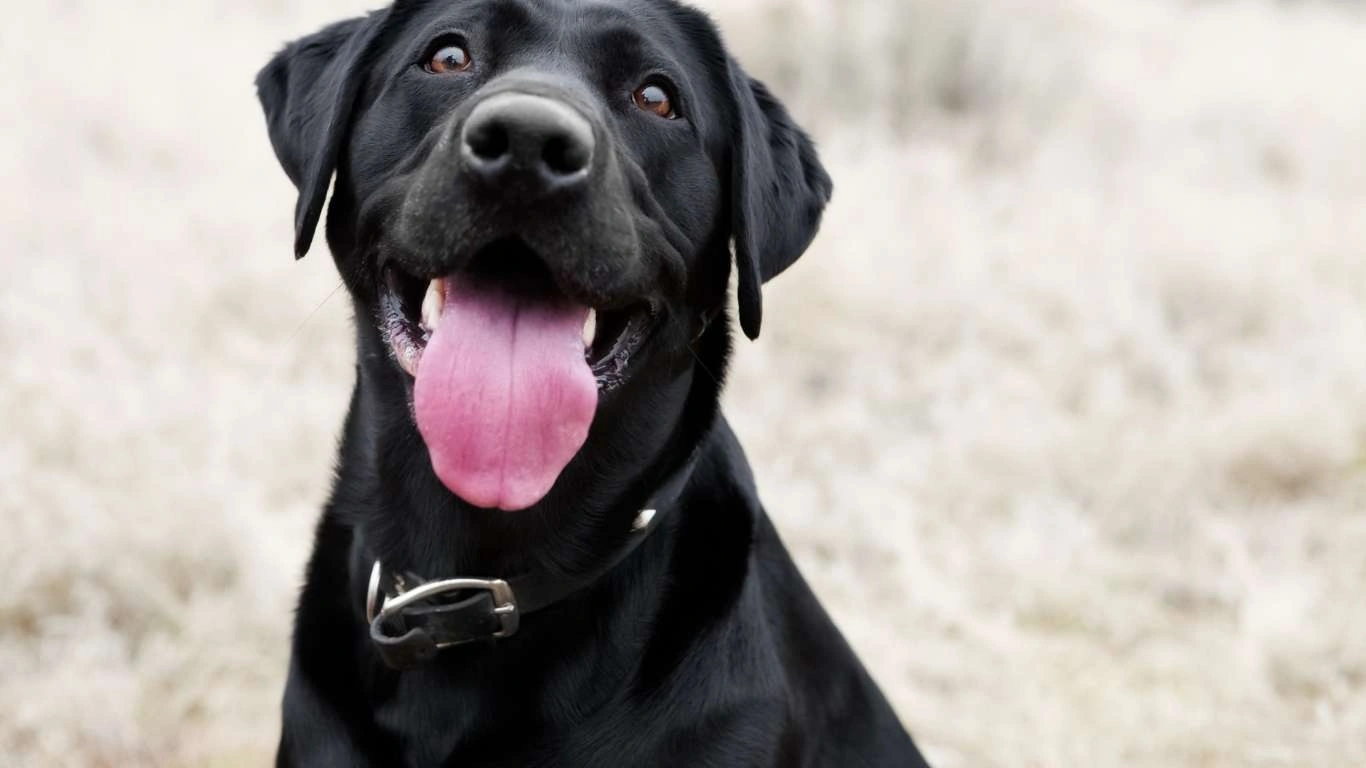
Advanced training isn’t just about teaching your dog to follow commands—it’s also about keeping them mentally stimulated. A mentally stimulated dog is a happy dog, and the key to advanced training success is ensuring your dog is challenged enough to stay engaged without becoming frustrated.
In my experience, mental stimulation is just as important as physical exercise, if not more so. Dogs who aren’t mentally challenged can easily become bored, which leads to undesirable behaviors like chewing, digging, or excessive barking. To prevent this, incorporate activities that stimulate your dog’s mind, such as puzzle toys, scent games, or teaching new tricks. Dogs love to learn, and keeping their minds active can help channel their energy in positive ways.
Another way to keep your dog mentally engaged during advanced training is to switch things up and introduce new activities regularly. For example, after practicing basic obedience, try adding a fun skill like learning to walk on different surfaces or introducing a new scent training game. These activities provide new challenges for your dog, which helps prevent monotony and keeps their focus sharp.
Training for Real-Life Scenarios
When working on advanced training, one of the most important things to remember is that your dog’s skills should translate into real-life scenarios. Whether you’re training for therapy work, service dog tasks, or just a well-behaved companion, you want your dog to respond reliably in everyday situations.
This means taking your training beyond the typical “sit” or “stay” exercises. Practice your dog’s skills in settings where they’ll encounter real distractions. For example, if your dog is training to be a therapy dog, take them to public places like malls or busy parks. If you’re working on service dog tasks, practice them in environments with various noises or unexpected movements. This kind of “proofing” ensures your dog can handle different challenges without losing focus or becoming anxious.
As a Canine-Assisted Therapy Trainer, I’ve found that dogs who have experienced a variety of real-world environments tend to do better in therapy and service dog roles. For example, I once worked with a dog that was great at obeying commands in a quiet training room. But when we took her to a hospital setting, she froze and became nervous. It wasn’t until we practiced in different locations that she gained the confidence to perform well in a busy hospital environment. The more exposure your dog gets to real-life distractions and scenarios, the better they’ll handle them during actual tasks.
References
For additional resources on advanced dog training techniques and tips, feel free to visit:
Disclaimer
The information provided in this article is based on my personal experience as a Canine-Assisted Therapy Trainer and reflects general advice for advanced dog training. Every dog is unique, and training results may vary. Always consult a professional trainer or behaviorist if you encounter persistent challenges or have specific concerns about your dog’s behavior.
